How are Drones Improving Warehouse Productivity?

Once the stuff of science fiction, drones are now very much a reality. Billions of dollars have been spent on the development of drones and while the technology for autonomous flight operations has existed for a few years, FAA regulation has made it difficult for even large companies to get their drone programs off the ground.
Fortunately, the same regulations don’t apply indoors. As a result, warehouse owners and operators are increasingly using drones to deliver new operational efficiencies in their facilities. Warehouse drones can be used for several tasks, including inventory audits, inventory management, cycle counting, security, surveillance, and inspections.
In this blog post, our focus will be warehouse drones for inventory management, and how they can streamline processes and drive operational improvements. We’ll look at the extent to which warehouse drones offer true autonomy, how they collect and process data, how much you might pay, and more.
What are warehouse drones?
Warehouse drones today are essentially flying robots that are utilized for the purposes mentioned above. Different vendors utilize different drones with different features to achieve different results. The two most common approaches for building warehouse drones are to modify off-the-shelf hardware or to build custom hardware. All vendors aim to increase the frequency with which warehouse operators can track inventory inside their facility.
The benefit of an off-the-shelf drone is that they are built on a proven platform with 100s of thousands of drones in the market. This lowers the cost and improves reliability. The intelligence that enables the drone to fly autonomously is in the software.
The benefit of a purpose-built drone is that it has been designed for a specific purpose. The downside is that they are built in relatively small volumes and can therefore be expensive.
For the purposes of inventory management, warehouse drones fly through warehouses and distribution centers and capture pictures of your inventory. You can use them to audit your inventory, perform cycle counts, finding misplaced pallets within your facility. They can accurately scan all the inventory in your warehouse, which can be compared directly to your Warehouse Management System (WMS).
Are warehouse drones fully autonomous?
An autonomous robot “is designed and engineered to deal with its environment on its own, and work for extended periods of time without human intervention.” Autonomous drones that fly in a warehouse without a person piloting the drone. What makes this hard to achieve is that there’s no GPS in a warehouse and so the drones have to be able to navigate themselves using special barcodes or other navigation techniques.
Benefits of deploying autonomous drones include reducing the labor needed to do cycle counting (for example reducing their staff from 6 to 1), being able to scan your inventory much more quickly (for example reducing a full facility count from 90 days to 2.5 days) and reducing the amount of material handling equipment (MHE) needed (for example eliminating $250,000 worth of MHE). Additionally, having a drone record information at 40 feet in the air is a lot safer (and cheaper) than putting a human up there on a piece of equipment.
How much do warehouse drones cost?
The cost of warehouse drone systems varies, depending on the specifications, supplier, and layout of your facility.
How are drones improving inventory management in warehouses and distribution centers?
Warehouse drones are enabling warehouses and distribution centers to be a lot more proactive with their inventory management. Traditionally, inventory management has involved members of the workforce walking around facilities with paper, a pen, and sometimes even a set of binoculars to look at inventory stored up high. Inventory management is most often a reactive process, which can lead to mistakes. Let’s say you’re trying to match your WMS with the contents of a pallet to fulfill an order, but you’re unable to do so because your inventory isn’t where it’s supposed to be. This could lead to you breaking your Service Level Agreement with your customer, costing you thousands of dollars, and depending on the category you’re in, losing this could mean the inventory needs to get written off entirely.
Autonomous warehouse drones can operate during quiet periods, constantly capturing inventory data and building a complete picture of your facility. Rather than having to match every piece of data captured by an operator, cloud reporting software can flag information captured by a drone that doesn’t match your inventory records. For example, your drone might capture 3,000 images on its journey, but the software will pick out the six you might need to take action on.
Specific benefits that Gather AI customers have seen include:
- Over $1 Million dollars of inventory found
- Increase in inventory accuracy of over 70%
- Ability to manage customers with very complicated inventory
How do inventory drones work?
Warehouse drones fly autonomously through warehouses, following predefined routes or missions. Once the mission has been defined, the drone is placed on the ground and it takes off. The Gather AI drone uses ArUco markers, similar to barcodes, to know its 3D location. When the battery is low, the drone lands, the operator swaps the battery and the drone takes off again, continuing its mission. When the mission is complete, the drone lands, and the images the drone took are uploaded to the cloud.
With drones, you can track inventory more frequently than a manual physical inventory or cycle count, without having to shut down facilities for days at a time. Drones take pictures of your inventory, so you can ensure your inventory management records are correct and track down pallets and products that are in the wrong place. In addition to scheduled audits, drones can also be deployed to search for individual items such as high-value produce or merchandise that is perishable.
The emergence of fully autonomous warehouse drones is making warehouses and fulfillment centers significantly more accurate and productive. Repetitive and time-consuming tasks such as cycle counting and inventory auditing are being automated to allow warehouse operators to focus on higher-value tasks and the impacts of this are being felt in many ways. The foremost is efficiency; drones can complete these tasks with no intervention and do so 15x times more quickly. You’re going to eliminate time lost to inaccurate information, and you can be confident that you can make business-critical decisions based on data. They're also helping to fill the labor gap that is being felt across the industry, so you won't have to scale back your operations because of staffing challenges.



.png)



